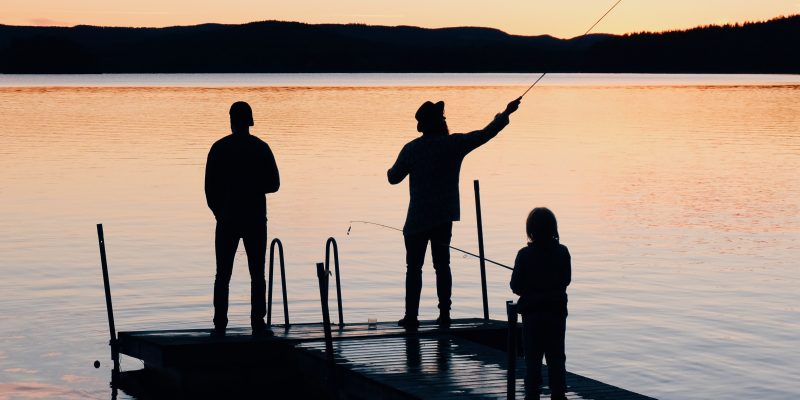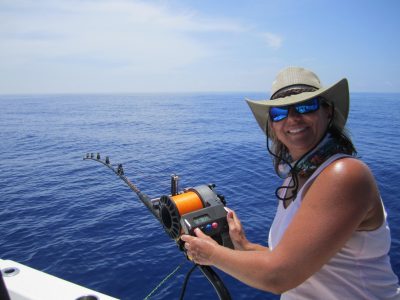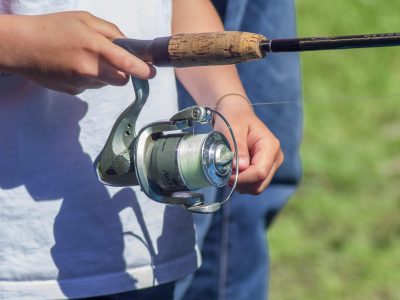Rising sea levels are a major threat to fish and other marine life. As the water rises, fish habitats are lost, and fish are forced to move to new areas. This can be difficult for fish, as they may need to adapt to new water conditions and find new food sources.
In the United States, rising sea levels are a particular threat to Florida. Florida is a peninsula, meaning that it is surrounded by water on three sides. As the water rises, Florida’s coastline will shrink, and fish will have less habitat to live in.
One study found that rising sea levels could displace up to 233 threatened and endangered species in the United States, 17 percent of which are found in Florida. These species include the Hawaiian monk seal, Key deer, loggerhead sea turtle, Delmarva peninsula fox squirrel, and western snowy plover.
Where do fish go when sea levels rise?
Fish that are able to adapt to new water conditions may be able to move to deeper waters. Other fish may move to new areas with similar water conditions. For example, fish that live in coral reefs may move to new reefs that are further inland.
Some fish may be unable to adapt to new water conditions or find new habitats. These fish may die off, or their populations may decline.
Displacement
For many fish species, rising ocean levels can lead to displacement. The increase in water depth can alter the structure of their habitats, forcing fish to migrate to areas with more suitable conditions. For instance, fish that prefer shallow waters may have to move closer to the coastline, introducing new species into these areas and potentially leading to changes in local ecosystems.
The Florida Conundrum
Florida, with its extensive coastline, is already experiencing these changes. The state’s unique ecosystem, the Everglades, is home to a variety of fish species adapted to its brackish waters environment. As sea levels rise, saltwater intrusion into these freshwater habitats is a growing concern. As a result, many fish species are migrating to maintain their optimal salinity, which is crucial for their survival.
What can be done to protect fish from rising sea levels?
- One of the most important things that can be done to protect fish from rising sea levels is to reduce greenhouse gas emissions. Greenhouse gas emissions are causing the planet to warm, which is leading to rising sea levels.
- Another important thing that can be done is to protect coastal habitats. Coastal habitats, such as mangroves and salt marshes, provide important nursery grounds for fish and other marine life. Protecting these habitats will help to ensure that fish have a place to live even as sea levels rise.
- Finally, it is important to manage fisheries sustainably. Overfishing can make it difficult for fish populations to recover from the impacts of rising sea levels. By managing fisheries sustainably, we can help to ensure that fish populations are healthy and resilient.
What can be done to protect fish in Florida?
In Florida, there are a number of things that can be done to protect fish from rising sea levels. These include:
- Restoring and protecting coastal habitats, such as mangroves and salt marshes.
- Reducing greenhouse gas emissions.
- Managing fisheries sustainably.
In addition, Florida can also work to develop new technologies to help fish adapt to rising sea levels. For example, we could develop new types of aquaculture systems that can be used to raise fish in inland areas.
As we delve deeper into the challenges faced by marine ecosystems, particularly in places like Florida, the importance of understanding and protecting our marine life becomes paramount. With this in mind, one pivotal question emerges: Are you equipped with the right tools to identify and understand the diverse fish species around you?
Our app, FishVerify, is designed to bridge that knowledge gap. It not only aids in identifying fish species but also educates users about regulations, seasons, and more. Ready to become a more informed and responsible angler or marine enthusiast? Download FishVerify now!


